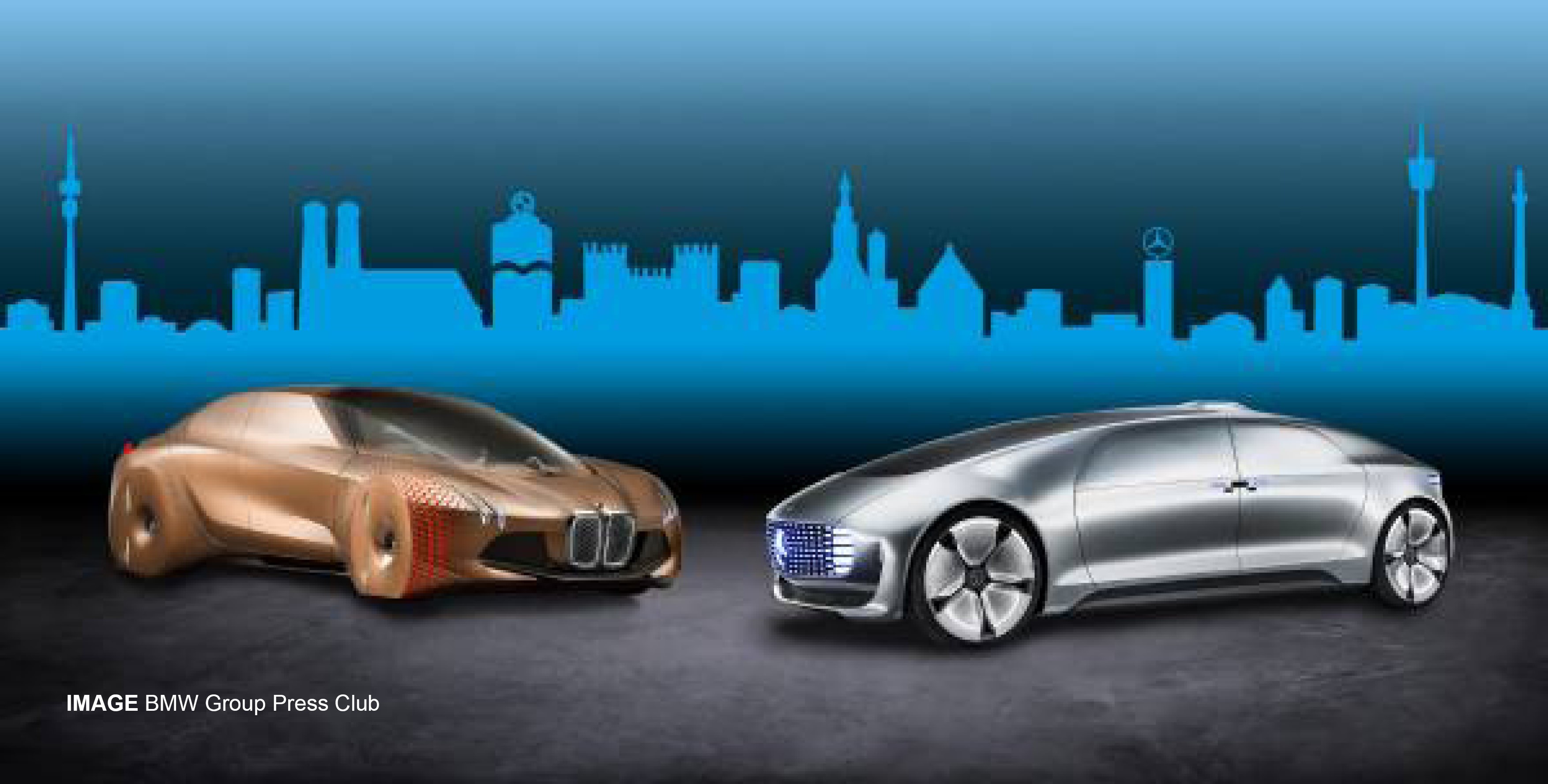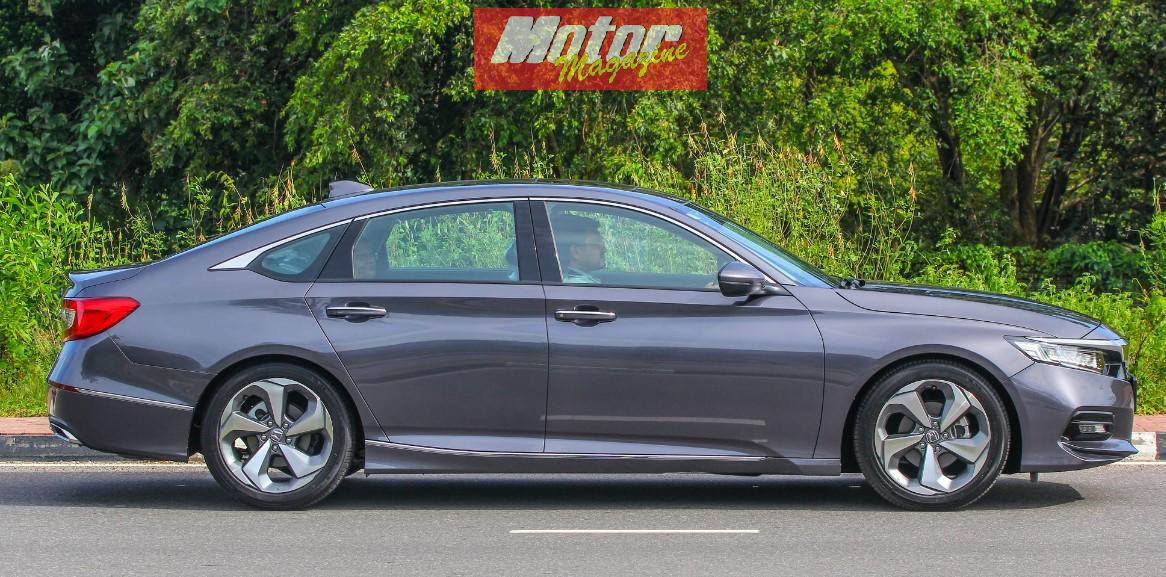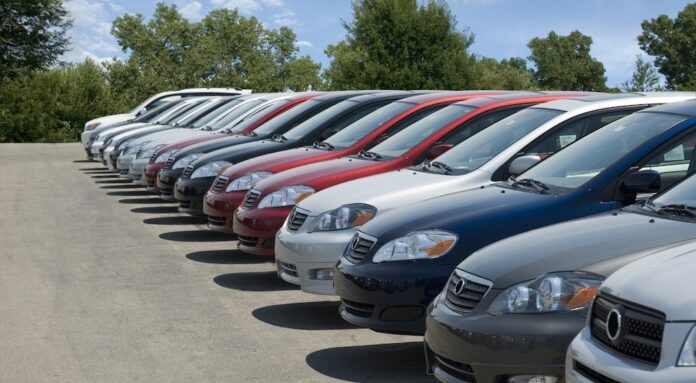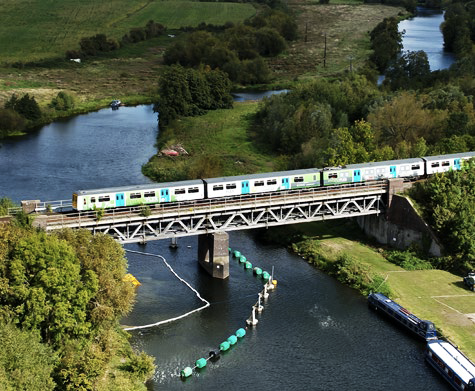
The purpose of this article is to showcase that the reduction of Green House Gas Emissions (GGEs) from transport can be drastically reduced through the implementation of a well thought out strategy, supported by multi-faceted policy intervention over time.
Table 1: Greenhouse gas emissions by transport mode, 1990 – 2019
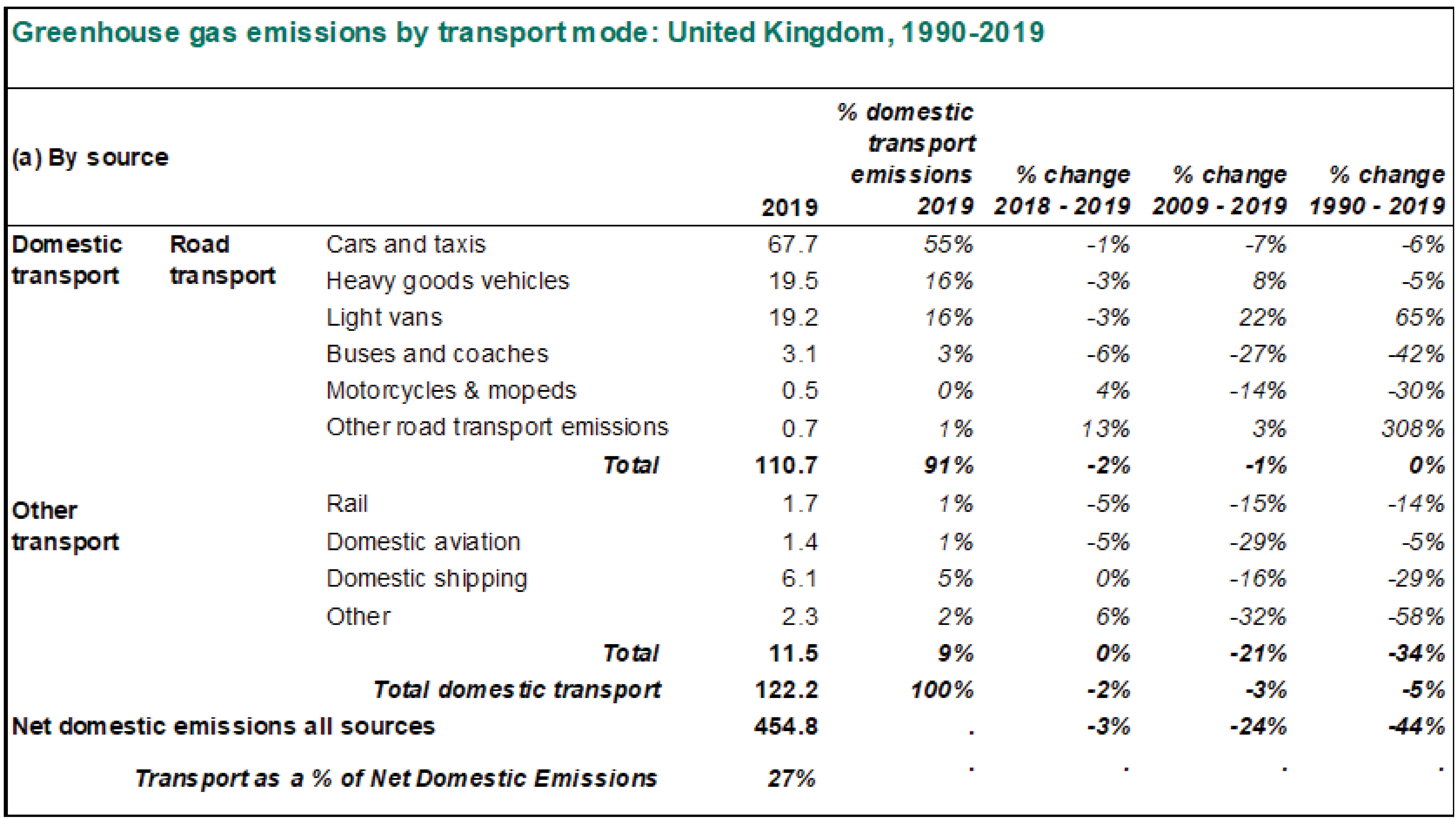
Source: Department of Transport, United Kingdom, Energy and environment: data tables (ENV)
The above table shows that the UK has been successful in reducing the overall GGE from transport over the last two decades. Whilst the total GGEs from road transport has not moved from the start point to the end point (2009-2019), the end point shows a significant drop from the peak within the period looked at. This movement can be seen in the below chart.
Chart
1: Total GGEs from road transport in the UK
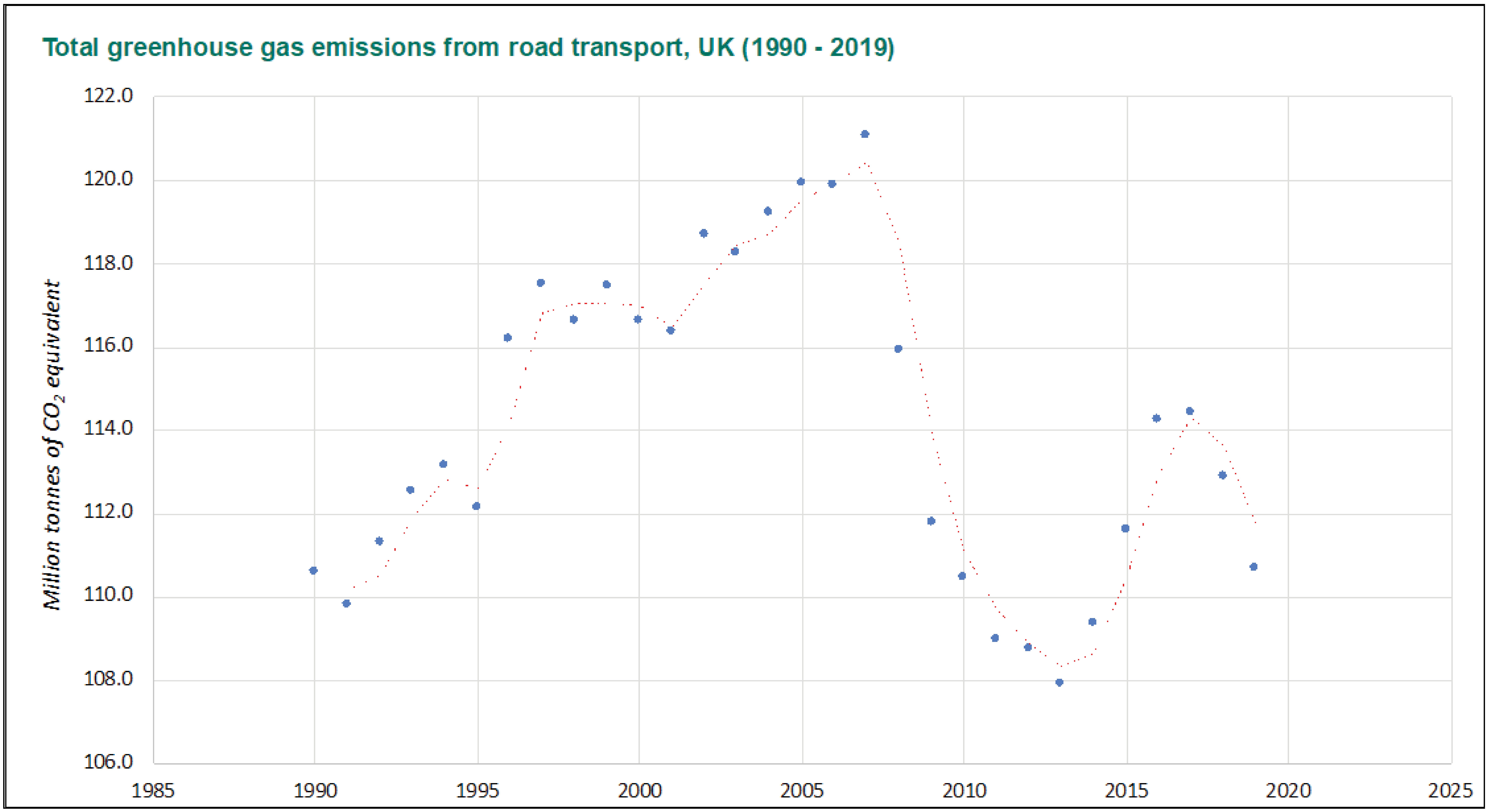
Source: Department of Transport, United Kingdom, Energy and environment: data tables (ENV)
The
above chart shows that there was a surge
in GGEs from 1990 till the late 2000’s from road transport; but this issue was addressed
afterwards, and emission levels have reduced since then.
The host of policies implemented in the UK has successfully reduced traffic in Central London by 20%.
Policies adopted in London to achieve this reduction
The
policy framework adopted by the Department of Transport, UK, has
successfully reduced traffic in London by 20% over the past two decades[1].
These policies have also created a shift from owned mobility to shared
mobility, paving the way and creating a platform for the implementation of a
host of Net Zero Policies that are currently being implemented.
Given this, the policies that have successfully reduced traffic, congestion, and carbon emission in London are;
Congestion charge – A charge levied when a vehicle enters a defined zone of the city
· Increasing congestion
charge over time
· Increasing the area of
the congestion zone
· London low emission
zone
· Parking charges
· Automated incident
management
These policies are estimated to have reduced traffic into the city by 15%. Disabled drivers, licensed taxis, mini cabs, and electronic vehicles (EV’s) are exempt from these charges. The charge is enforced by a CCTV camera-based system that automates enforcement and hence eliminates any possibility of escape, with all charges being levied directly on the vehicle owner. The congestion charge levy collects GBP 1250 million per year in revenue.
The
Low Emission Zone charge is levied based on the level of emissions of the
specific vehicle entering the city. CCTV cameras recognize the numberplate of
the vehicle, checks it with the Driver and Vehicle Licensing Agency (DVLA), and
based on these records, an automated levy is charged on the
vehicle owner.
The system of cameras that manage congestion charges and low emission charges also monitor traffic violations such as speeding, lane violations, traffic light violations etc., and levies penalties on the vehicle owner, alongside a points penalty on the owner’s driver license, which keeps accruing and can ultimately lead to the cancellation of a driver’s license.
UK’s Next Step – Net Zero Mobility
This section is based on ‘Decarbonizing Transport for a better greener Britain’, published by the Department of Transport in 2021, available within the public domain. The key strategies presented in the document are;
· The ban on selling
petrol and diesel vehicles from 2030, thus ensuring all new cars sold will be
zero emission EVs.
· A requirement that all
vehicles are zero emission at the tail pipe by 2035
· Encouraging cycling and walking

Investments in zero emission buses
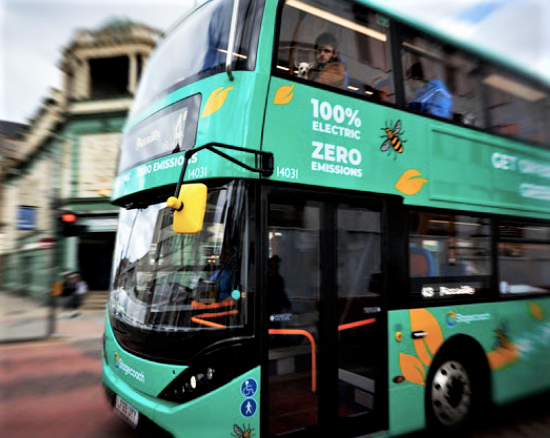
Bus and cycle lane priority on roads
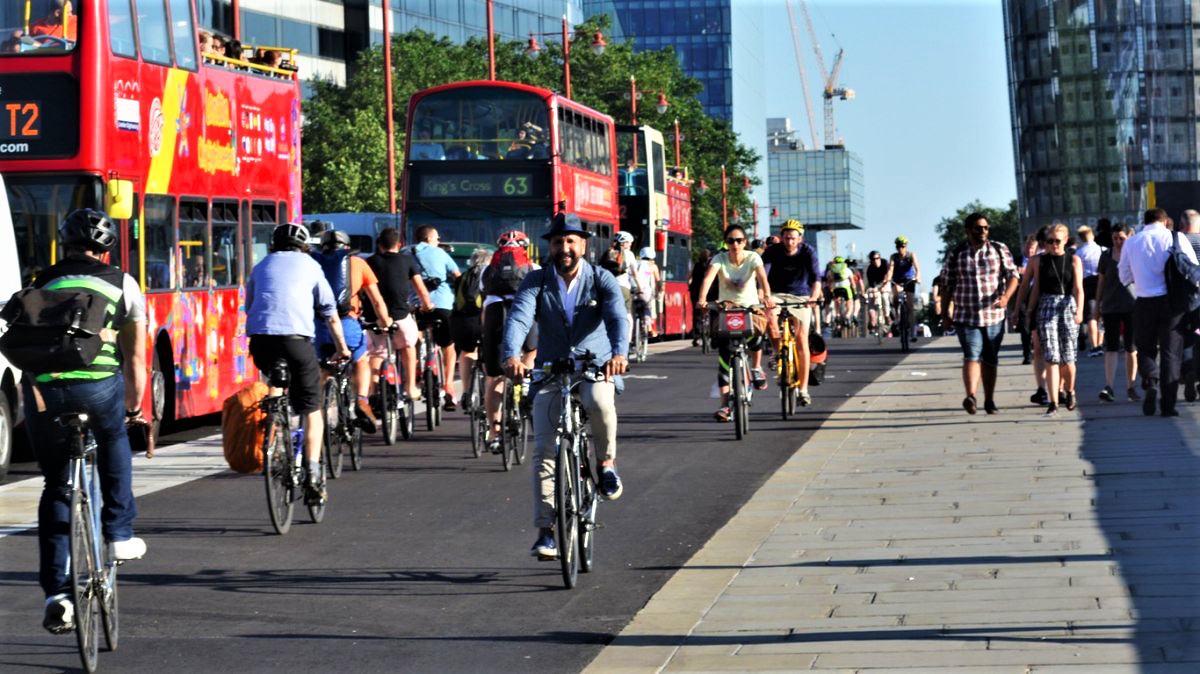
· Decarbonizing railways
·
Accelerating
maritime and aviation decarbonization
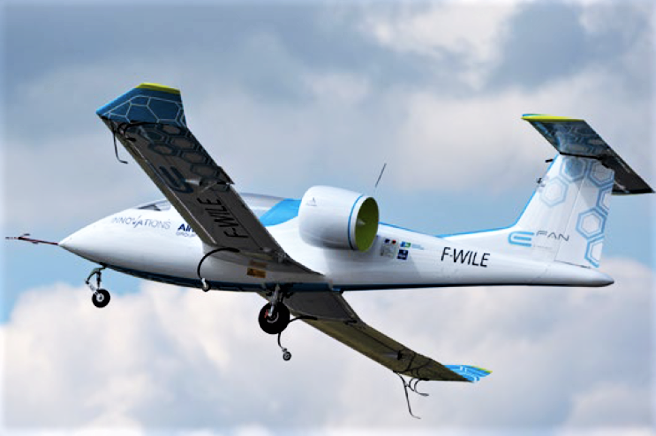
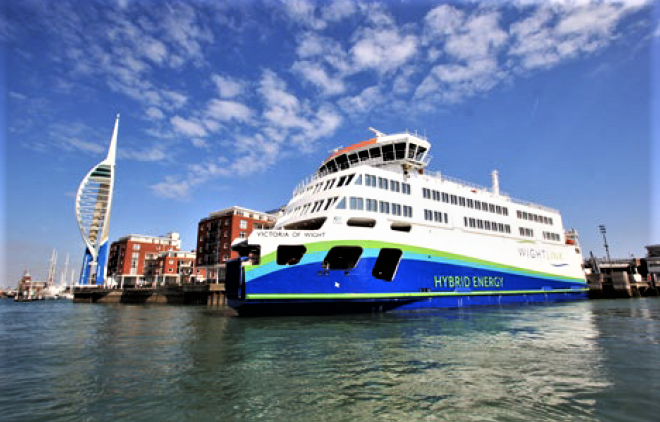
Lessons we can learn
The policies implemented work as an excellent platform to polices that are yet to be implemented. This shows that the Department of Transport has created a sound long term strategy, and entered a logical and phased implementation plan, that has achieved results and will continue to do so in the future. These results have been achieved whilst giving commuters an extremely high level of service and customer experience as mobility users.
Long term policy generation and implementation has always been a challenge in Sri Lanka. The Japanese funded Light Rail Transit Project remained only within an implementation stage, and was cancelled without any further progress on it. The Millennium Challenge Corporation grant to develop the bus transportation system, traffic & incident management was cancelled prior to implementation as well. Defragmentation of agencies that are responsible for the development of sustainable mobility strategies impairs the development of macro level policies and impedes the implementation of any policy in place.
COP 26 Commitments
The
commitments made by Sri Lanka by way of their declaration of the Nationally
Determined Commitments of July 2021 are reproduced for the readers reference
(below), leaving the reader to make up his or her mind on whether there are strategies
and implementation plans in place to deliver on these commitments.
Table 2: NDCs in the Transport Sector in Sri Lanka
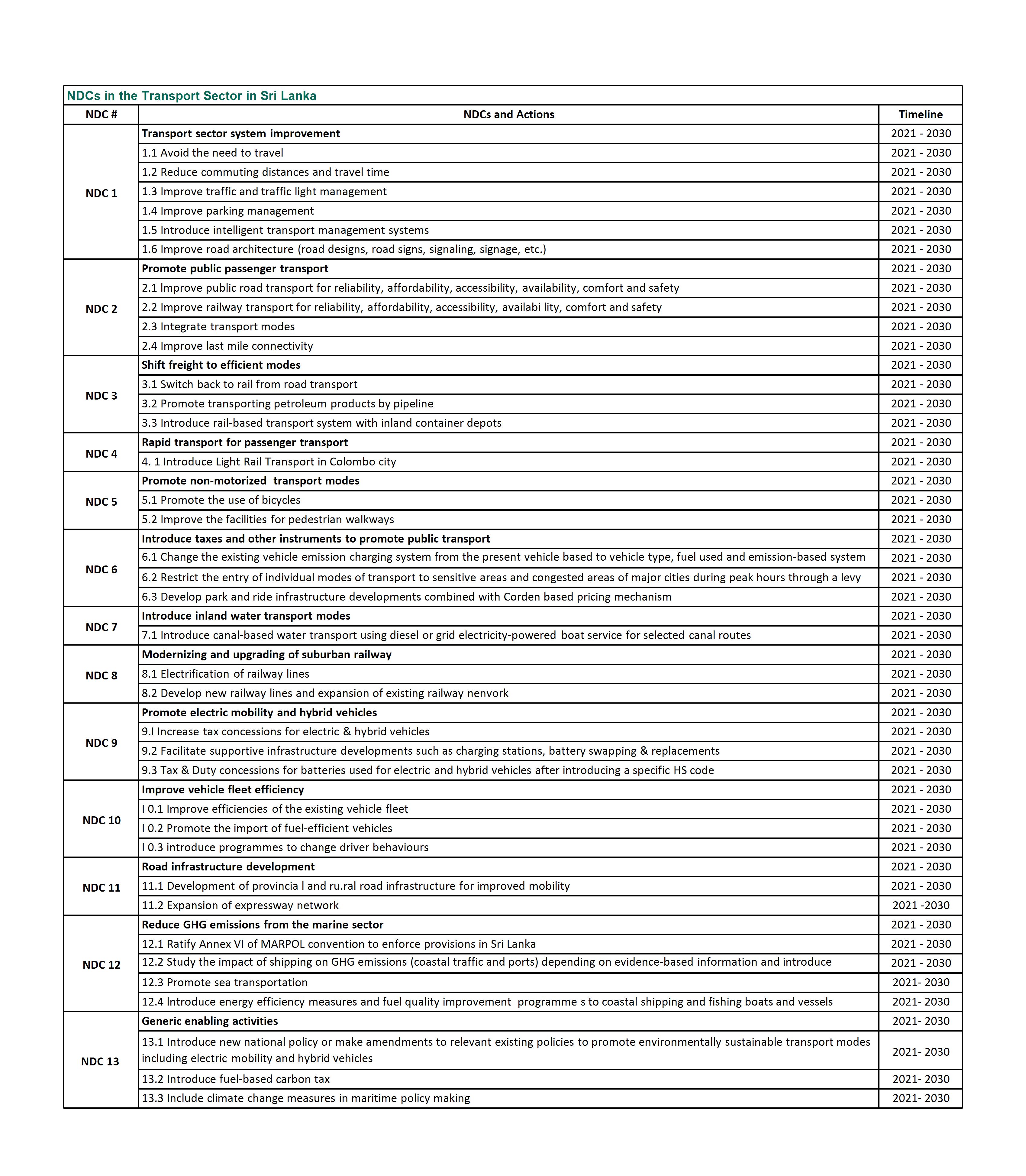
Source: Ministry of Environment, 'Nationally Determined Contributions - July 2021'
Conclusion:
The UK case study shows that a sound long term plan, strategically implemented over time can deliver strong results and significant reductions in GGEs alongside a reduction in traffic and congestion that gives commuters a better mobility experience. Most of the policies implemented by Britain are well within the economic affordability of Sri Lanka, although our challenge lies in our ability to implement the strategies that we have committed to.




